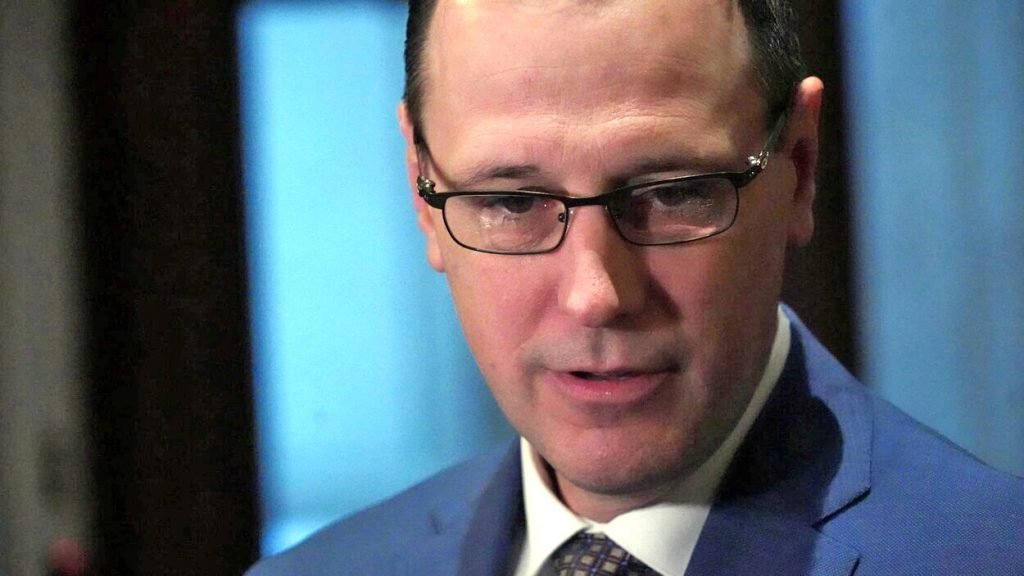Children 6 to 16 years old must attend school in September
Quebec’s education ministers announced on June 16 that all schools will reopen in September. Jean-Francois Roberge makes this announcement just as the government is progressively loosening distancing guidelines.

Schools in the province closed when the
province declared a public health emergency
in mid-March due to a rise in COVID-19 cases.
“Today, we have a game plan which is the
first of many exchanges,” Roberge said. “I am
confirming that as of September, all school
establishments in Quebec will reopen their
doors.”
Under the government’s game plan, all
preschools, elementary schools and high
schools will reopen physically end of August.
However, students will follow specific guidelines
to reduce the spread of COVID-19.
“Unless there is a medical condition that is
very specific, children will have to attend school,
and teenagers as well, from six to 16 years of
age,” Roberge said.
The bubble
Safely returning to school involves creating
a “bubble” for each student. Students will not
have to worry about physical distancing within
their bubble.
This method is quite effective, according to Dr
Richard Massé, Quebec’s senior public health
advisor, who accompanied Roberge at the press
briefing.
“The concept of the bubble has been used quite
a bit in Europe, we’ve been discussing about
that, and that’s quite secure,” Dr Massé said.
Teachers will move from one bubble of
students to the next one.
However, the bubble approach will not look
the same for younger and older students.
Pre-school to Secondary 3 (Grade 9)
Bubbles of six students
Students in pre-school to secondary 3 will
be broken off into sub-groups of six students.
Within those groups, no distancing is needed.
“We can treat them just like our brothers and
sisters,” Roberge said.
Students stay 2 meters away from teachers
One sub-group should stay 1 meter away from
another sub-group. However, all groups will stay
2 meters away from their teacher. After class,
students remain seated, while teachers move
on to another room.
Secondary 4 and 5 (Grade 10 and Grade 11)
Optional courses make it difficult for older
high school students to stay in the same groups
and classrooms.
For Secondary 4 and 5 students, schools will
can use the “bubble” model, where students stay
in the same room and teachers come to them.
Alternatively, schools can also use a “hybrid”
model. For instance, students could learn from
home one day and attend school the next day.
This way, students spend less time physically
in school.
The Plan B
Schools will also need to have a Plan B protocol, in case COVID-19 cases rise again.
The Plan B responds to concerns for a second
wave of COVID-19 infections. Experts warn of
a second wave, which would infect a new set of
populations.
“We suppose that it will hit us, but we don’t
know when or how it will be, so the ministry
will table what we call emergency protocols
to be ready to face the possibility of a second
wave,” Roberge said.
The Plan B involves resuming at-home education if the COVID-19 emergency escalates in
fall.
Roberge admitted the education system was
not ready to start at-home education. However,
he believes the additional time will allow the
system to adapt in time for September.
Getting hands on tech
Moreover, Roberge says schools can develop
protocols for their specific needs. For example,
access to technology is a big concern for all
families.
However, the province has announced May
31 an investment of $ 150 million for schools
to purchase computer equipment that they
can lend in September. The education ministry
estimates nearly 80,000 students don’t have
access to technology this summer. With the
province’s investment, schools could acquire at
least 200,000 tablets and laptops by September.
Finally, Roberge said the province will develop
content for TV and web broadcast in case
at-home education needs to resume.



